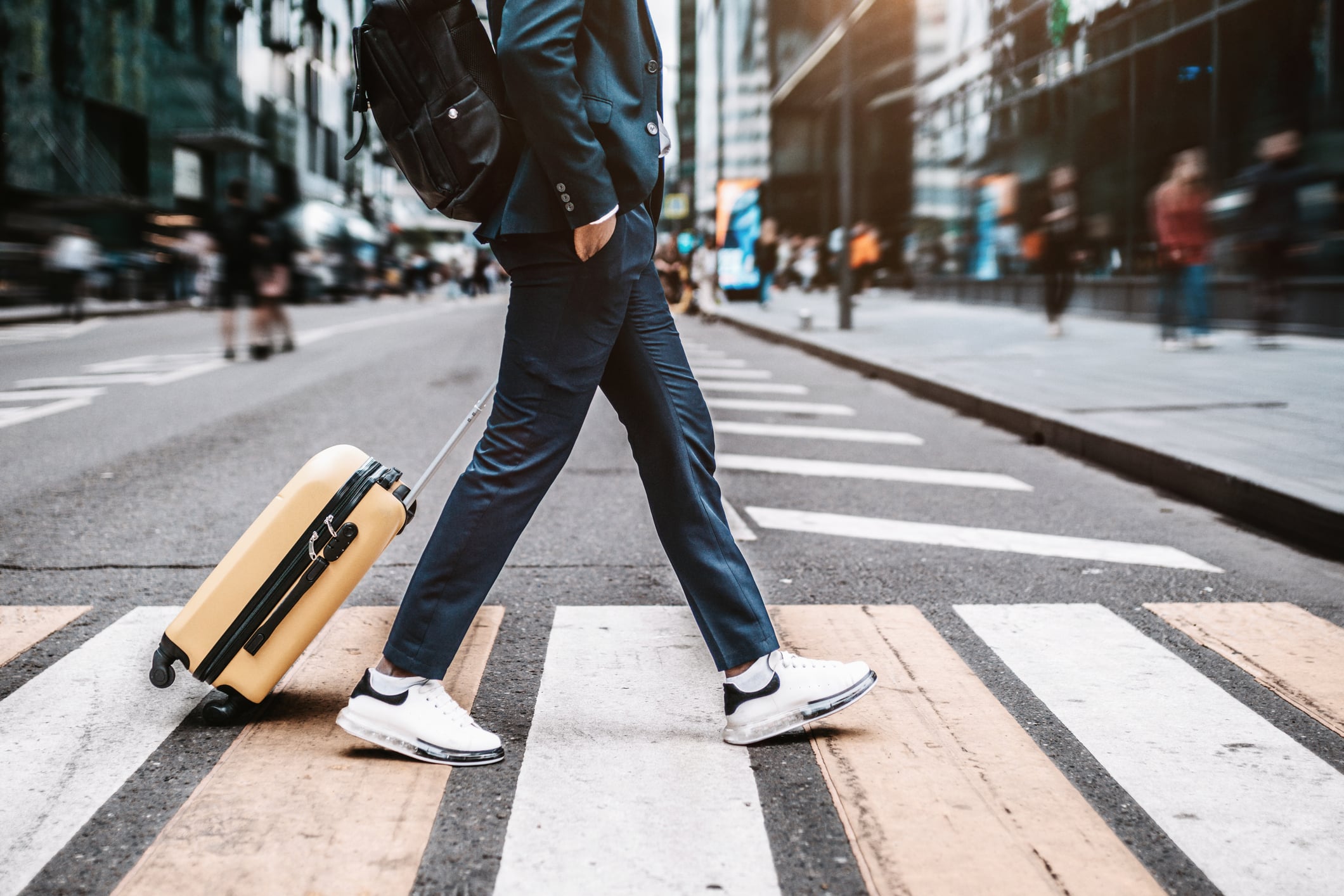More than a third of $239 billion luxury travel market is driven by non-millionaires. They’re young, they want to explore the world and, increasingly, they are neither American nor European.
A new crop of “aspiring luxury” travelers with net worths of under $1 million makes up more than a third of the segment.GETTY
Through the rest of this decade, demand for luxury tourism and hospitality will grow faster than any other segment, according to a new report released by McKinsey on Wednesday entitled “The State of Tourism and Hospitality 2024.” The study, based on a survey of over 5,000 travelers, shows how the profile of the global luxury traveler is changing.
The luxury traveler—defined by McKinsey as someone who spends at least $500 per night on accommodations—has been around for some time, but the demographics of this segment are shifting on various fronts.
Unsurprisingly, about two-thirds of the $239 billion luxury travel market is powered by the affluent class. What McKinsey defines as “ultrahigh net-worth” folks (worth more than $30 million) accounted for 15% of all luxury travel spending last year. “Very high net-worth” travelers worth between $5 million and $30 million represented 16% of the segment, and “high net-worth” travelers worth between $1 million and $5 million accounted for a full third (33%) of luxury market spending in 2023.
But the report also highlights “a large and expanding base of aspiring luxury travelers” whose net worths are significantly leaner—between $100,000 and $1 million. Last year, 35% of spending in the segment was powered by these “aspiring luxury” travelers, who collectively spent $84 billion on luxury travel—more than any other cohort.
“It’s crucial to understand this non-millionaire segment for two reasons,” write the report’s authors. “First, it is comparatively large. Second, its forays into select prestige elements present opportunities for brands that hope to attract its enduring loyalty—especially as some of its members graduate into higher tiers of income and wealth.”
Spending on travel peaks between the ages of 40 and 50, but younger travelers are showing an increasing willingness and ability to spend at luxury levels, per the McKinsey survey. “Aspiring luxury” travelers are typically under 40. Their salaries may not be astronomical. They may not own their own homes.
So how do these younger, less affluent travelers afford champagne experiences on what used to be called a beer budget? By being willing to devote out-sized shares of their wealth on experiences. More than four in five non-millionaire luxury travelers are motivated to “explore someplace new,” according to the survey, and nearly six in 10 said they were interested in taking a “cultural or historical” trip.
In general, luxury travelers are more likely than mainstream travelers to take a specialty trip. They want novelty. Seventy-two percent of luxury travelers place importance on visiting a new destination, compared with 44% of other travelers, per the report.
The geographic source market for luxury travelers is also shifting, according to McKinsey. “Although North America is still home to the most millionaires, it could be overtaken by Asia by the mid-2030s—largely as a result of growing wealth in China,” write the report’s authors.
Spurred by the growing wealthy class in Asia, the hospitality industry is responding with a boom in hotel construction. Last year, more than 40% of the global luxury-hotel pipeline was in Asia; of those, 43% were in China.
By the end of the decade, McKinsey projects that the biggest spending cohort be high net-worth travelers worth between $1 million and $5 million, a group that will be spending $154 billion by 2030. Still, the next-biggest spending group will remain aspiring travelers, who will pour a not-so-shabby $107 billion into the luxury travel market by the end of the decade.
.
